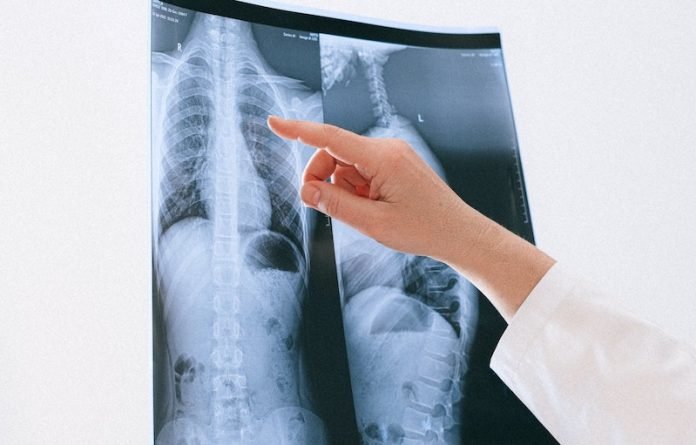
In a study from KTH Royal Institute of Technology in Stockholm, scientists found an imaging process that today is used mainly in research labs may detect early-stage lung disease if developed for use in hospitals and clinics.
They tested how a process called phase-contrast X-ray imaging could be used on human lungs, using a model developed at Duke University for simulating the human chest.
They found that phase-contrast chest radiography can visualize the smallest airways—measuring less than 2mm—and their disease-related obstructions.
The study’s lead authors, and Kian Shaker, researchers at KTH Royal Institute of Technology, say that these are details that don’t show up in conventional radiography.
Phase contrast imaging is used in research labs with equipment that today is limited in use to imaging centimeter-scale samples of soft tissue.
The study clearly showed that it’s possible to do more with phase-contrast X-ray imaging, if the technical demands for clinical use can be engineered.
The chest radiography that clinics and hospitals use today plays an important role in detecting respiratory disease, but it is fundamentally limited by the way in which it generates images.
The team says that the promising phase-contrast technique used in the study could show subtle pathological changes that are otherwise invisible with conventional X-ray imaging.
This is important when screening for diseases like asthma or chronic obstructive pulmonary disease (COPD).
Phase-contrast X-ray imaging can extract more information at higher resolution using the same amount of radiation dose as in conventional radiography.
The team says that promising developments are being carried out, but it will take time for this to reach testing for human use.
If you care about cancer, please read studies that yogurt and high-fiber diet may reduce lung cancer risk, and vitamin D supplements strongly reduces cancer death.
For more information about cancer, please see recent studies about new way to increase the longevity of cancer survivors, and results showing higher intake of dairy foods linked to higher prostate cancer risk.
The study was conducted by Ilian Häggmark et al and published in the Proceedings of the National Academy of Sciences.
Copyright © 2023 Knowridge Science Report. All rights reserved.



